During the late 1930’s, Henry Cotton was emerging as Britain’s premier golfer following victories at the 1934 and 1937 Open Championships. Further success at the world’s premier golf championship beckoned during the 1940s and Cotton looked set to become a dominant force in the game. The outbreak of war in 1939 prevented this from happening and Cotton’s life changed with golf becoming something of a pastime and the matches he played took on a different purpose. This article will examine his wartime golf, principally that which took place in the first year of the war.
- Henry Cotton
Comparable with other sportsmen, Cotton’s wartime competitive action came in the form of matches played in a bid to raise money for wartime charities. Cotton’s chosen charity was the Red Cross, which he began fundraising for in August 1939 when he played against Archie Compston at Mid-Surrey Golf Club. Prior to the match, Cotton had sought to raise £1,000 for the rest of the year. This match and others he played allowed him to easily surpass this, as he raised nearly £6,000 by the conclusion of 1939.
- Archie Crompston
The primary source of income for these matches came through the charging of an admission fee, although auctions that followed the days’ golf could also raise significant amounts. For example, a match where Cotton and James Adams took on Dick Burton and Tom Collinge saw £100 being raised on the course, an amount that was doubled by the auction that followed. The contents of the auctions were primarily signed memorabilia, along with donations, such as the lamb that was donated upon one occasion, an item which was left unsold, forcing Cotton to take it home himself.
On the course there were novel ways of raising extra money, such as at Pype Hayes in Birmingham, where Cotton had a 15-foot putt for a birdie to half the match and the Lord Mayor of Birmingham asked if any of the spectators would join him in giving a pound to the fund if Cotton holed the putt. Under severe pressure, Cotton holed the putt and in doing so raised an extra £15 (Golfing, June 1940). This money was donated by being thrown onto the green.
- December 1939
Cotton’s matches in the first months of the war were from the perspective of fundraising a substantial success, although the extensive travelling they involved took their toll upon him. Consequently, he organised his own matches for the 1940 calendar year, of which the schedule up to early July is shown below. This included 31 days of golf, all at different courses excluding the three days spent playing in ‘The Daily Mail £500’ at Sunningdale.
Henry Cotton’s Programme of matches March-July 1940 (Golfing, March 1940-with additions made by the author)
| March | 16th | Hill Barn (Worthing) |
| 17th | Stoneham (Southampton) | |
| 23rd | Sandy Hodge | |
| 25th | Funton-on-sea | |
| 30th | Prestwich | |
| April | 6th | Gosforth Park (Newcastle) |
| 7th | Wheatley Park (Doncaster) | |
| 13th | Reddish Vale (Stockport) | |
| 14th | Hornsea (Yorkshire) | |
| 20th | Royal Mid-Surrey | |
| 21st | Pollards Hill (Norbury) | |
| 27th | West Herts (Watford) | |
| 28th | Temple and Maidenhead | |
| May | 4th | Knowle (Bristol) |
| 5th | Pype Hayes (Birmingham) | |
| 11th | Sunningdale | |
| 13th | Formby | |
| 18th | Glasgow | |
| 25th | Beaconsfield (Buckinghamshire) | |
| 26th | Moor Park (Herts) | |
| June | 1st | Troon |
| 8th | Warrington | |
| 9th | Abbeydae | |
| 12th | Daily Mail’ £500 @ Sunningdale | |
| 13th | 2nd day of ‘Daily Mail’ | |
| 14th | 3rd day of ‘Daily Mail’ | |
| 15th | Norwich | |
| 16th | Northampton | |
| 22nd | Bath | |
| 23rd | Coventry | |
| 29th | Trentham | |
| 30th | Deane (Manchester) | |
| July | 7th | East Brighton |
These matches took place around Cotton’s fulltime service within the RAF, which he had been called-up to in the winter of 1939-40. The decision to place Cotton in the air force might have occurred because he held a pilot’s licence, although his age prevented him from fulfilling his dream of becoming a Spitfire pilot. Cotton’s role was initially as Administrative and Special Duties officer at RAF Loughborough, then as Catering officer at RAF Shawbury, presenting Cotton with the opportunity to share his love of bread and butter pudding. His role was very different to other sportsmen who were called up, such as footballers Stanley Matthews and Billy Wright or Australian Cricketer Don Bradman, who became members of the Physical Training staff and spent their war largely playing and training for sport.
On the course, the opposition which Cotton played varied, with him taking on famous professionals along with Club professionals. On golfing ability alone his first major match in 1940 came at Sandy Lodge, Hertfordshire when Cotton and partner Arthur Havers (1923 Open Champion) took on veterans James Braid (5 times Open Champion, b 1870) and Sandy Herd (1902 Open Champion, b 1868) in a ‘Guttie v Rubber core match’. Here, Cotton and Lodge used the ‘Guttie’ core, which was widely used in golf balls during the second half of the nineteenth century, while Braid and Herd used the modern rubber cored balls.
The quality of the play by the younger pair was shown by the fact that they managed to half the match, despite the inferior ball. The reporter from Golfing present at the match was impressed with Cotton’s play, noting that into wind he was able reach the same distance with the Guttie as the rubber ball, although downwind the rubber core was twenty or thirty yards ahead (Golfing, May 1940).
Cotton’s biggest fundraiser of 1940 was the £2,117 that was raised at Harborne Golf Club in Birmingham, where he took on reigning Open Champion Dick Burton. Burton was often a regular partner for Cotton across the country and predominantly the two men would play against local professionals, such as the two men they played at Formby that year. Here, they took on J.H. Busson from Formby and James Adams of Royal Liverpool, in a match which was all square after 35 holes before Burton holed a birdie putt from twenty feet to take the match.
- Dick Burton
Both Cotton and those professionals whom he played with and against all did so at their own expense and they did not even claim travel costs. This was something that an editorial in Golfing did not feel was serving the best interests of the golfers participating. To Cotton, he felt that the kindness of his fellow professionals was more cause for those attending to give more generously, as was the quality of the golf. Cotton is quoted in Golfing comment that; ‘All of you who follow golf…must know that we would not collect £200, £300, £400 and even £1000 at a golf match if the members of these clubs did not feel that we, the players were putting ourselves out to help them to collect for such a cause.’(Golfing, July 1940).
The September 1940 issue of Golfing indicated that he’d played some 70 matches that year and in total he’d raised £24,000. According to the magazine, the reason why Cotton raised such a great deal of money was simple; his golf was of an extremely high quality. This had seen him unbeaten in singles matches up to this point and most often on the winning side in four ball matches (Golfing, July 1940).
As the war drew on, Cotton’s duties and health problems through the form of a stomach ulcer, (which would bring about his discharge from the RAF before the conclusion of the war), limited his fundraising. For example, in April 1941 his health forced him to cancel four matches, although he did play in a match that month at Luffenham Heath and this raised £200. When he was fit, Cotton remained a draw throughout the war, raising nearly £2,000 at Royal Lytham and St Annes in 1944 when he played Henry Longhurst, The Sunday Times golf correspondent and wartime Member of Parliament for Acton.
- 17th Green at Royal Lytham & St Annes, with Clubhouse (background right)
When competitive golf resumed upon the conclusion of the war Cotton once again showed his talents. The first post-war professional event was the News Chronicle Championship, which took place at Hollingbury Golf Club, an event which Cotton won, taking a £300 prize. Cotton went onto win a third Open Championship in 1948 and was also decorated with an MBE for his wartime fundraising.
- Henry Cotton’s MBE
Article © Luke J Harris

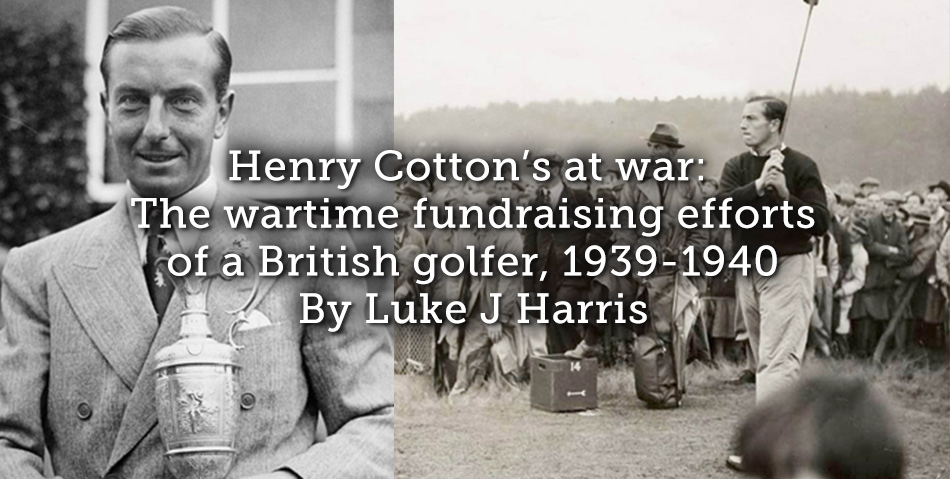
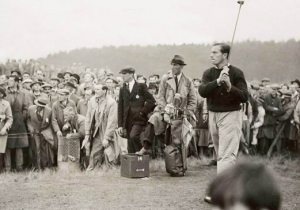
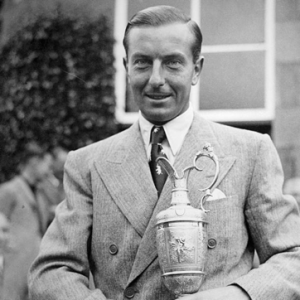
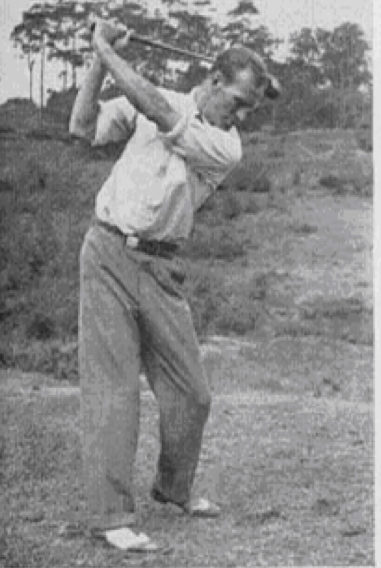
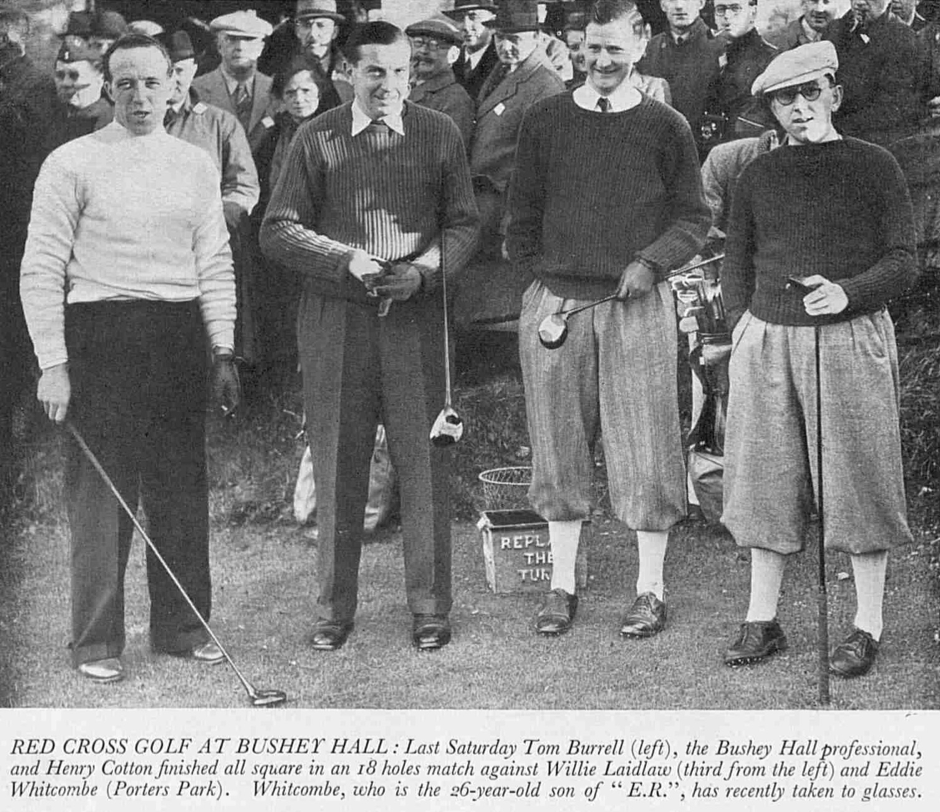

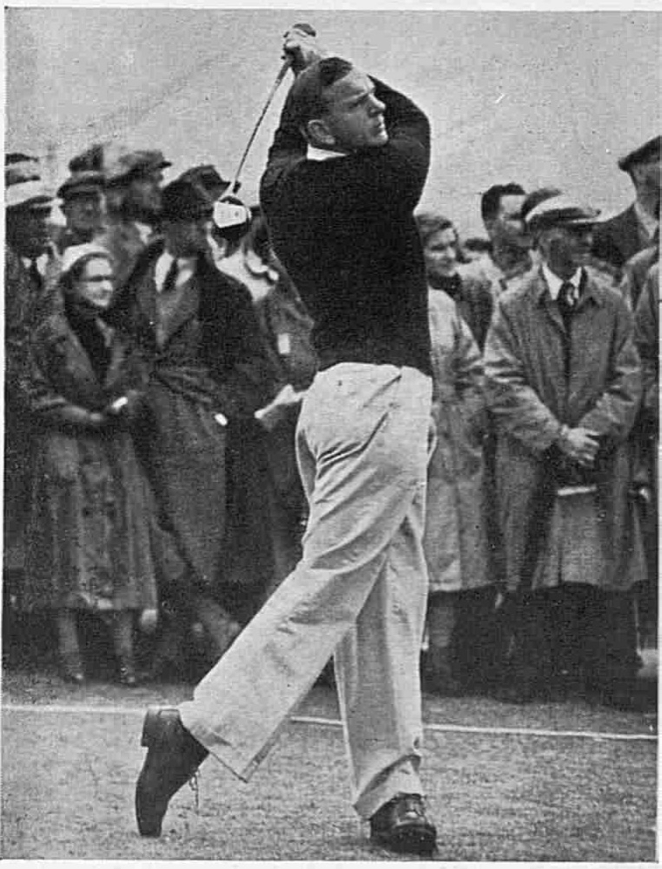
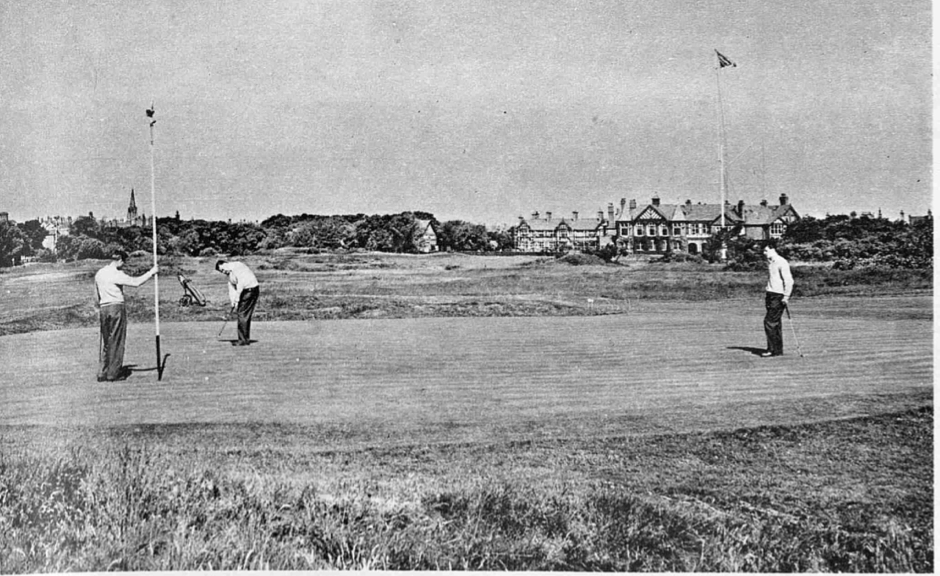
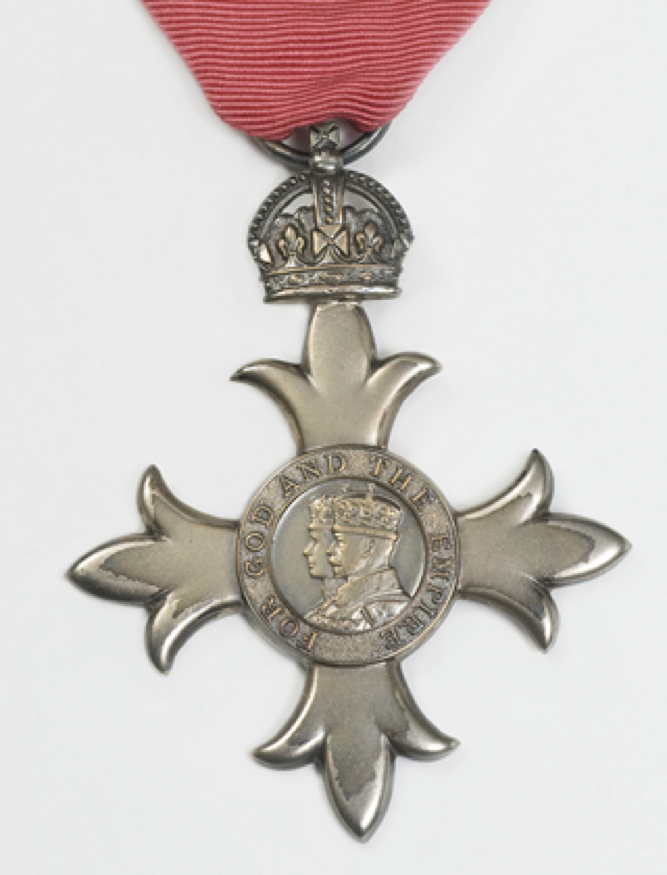
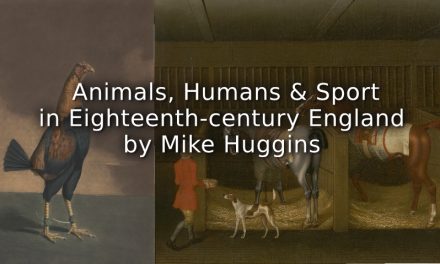



Excellent article, Luke, which I just stumbled across.